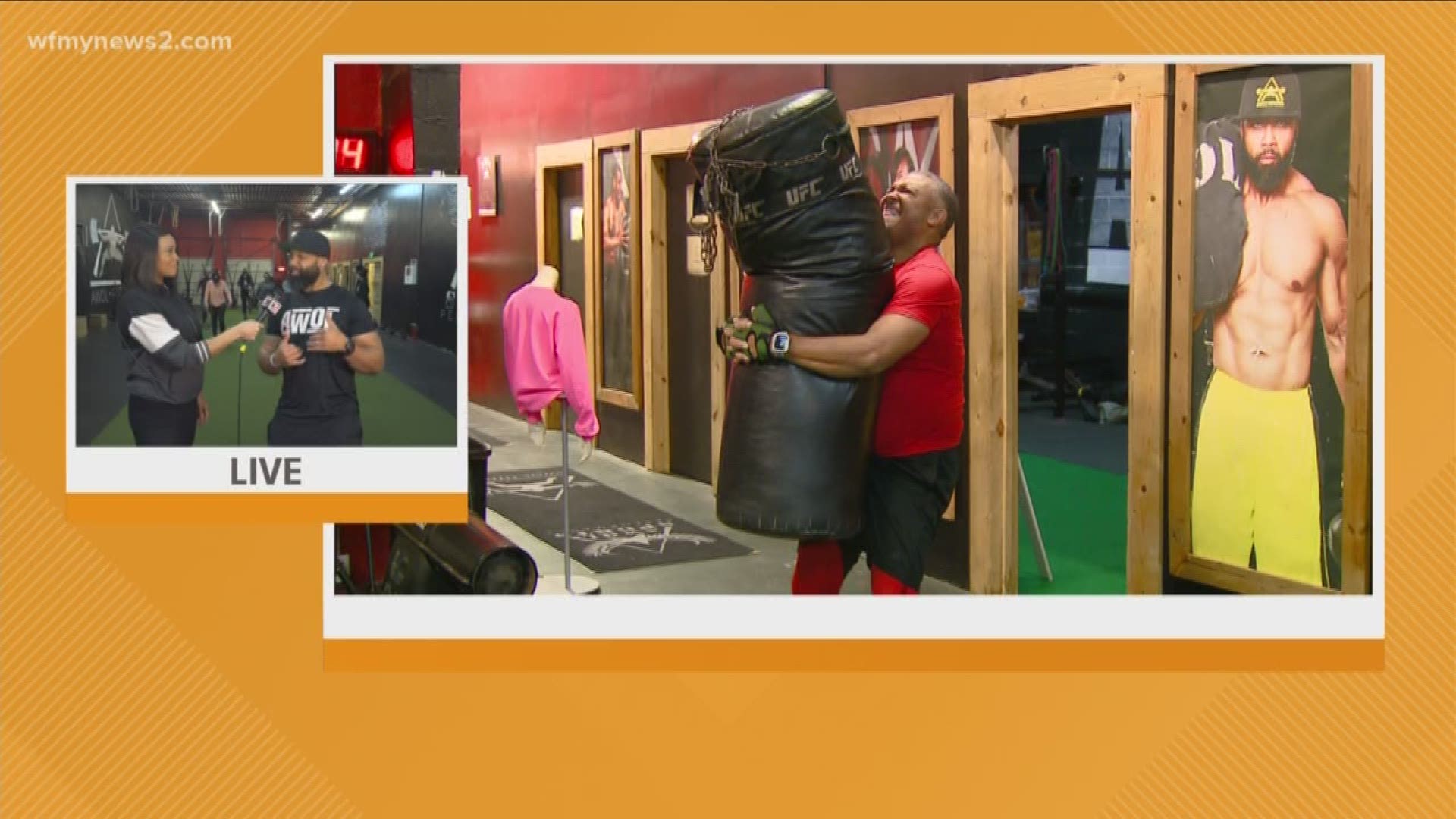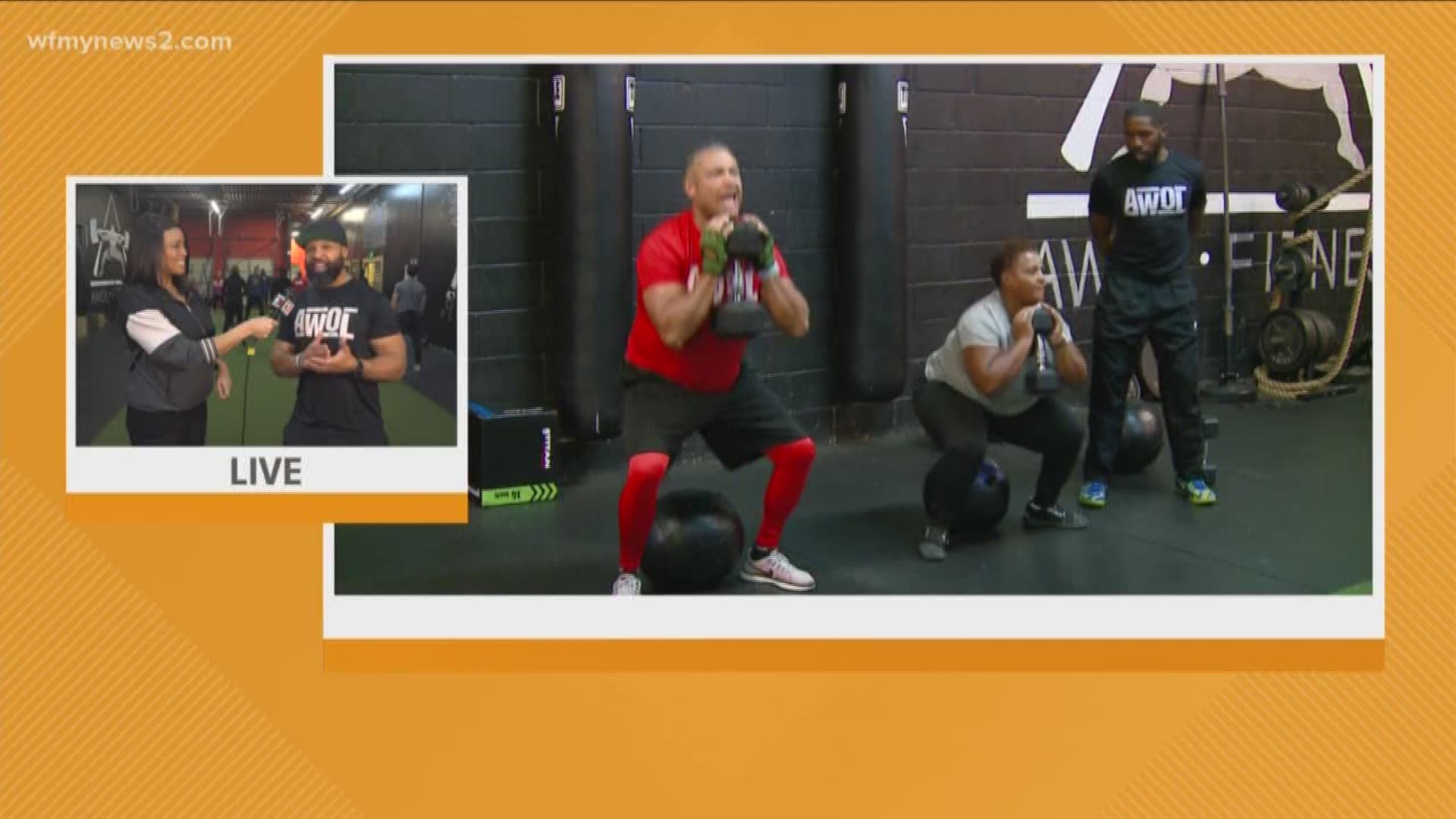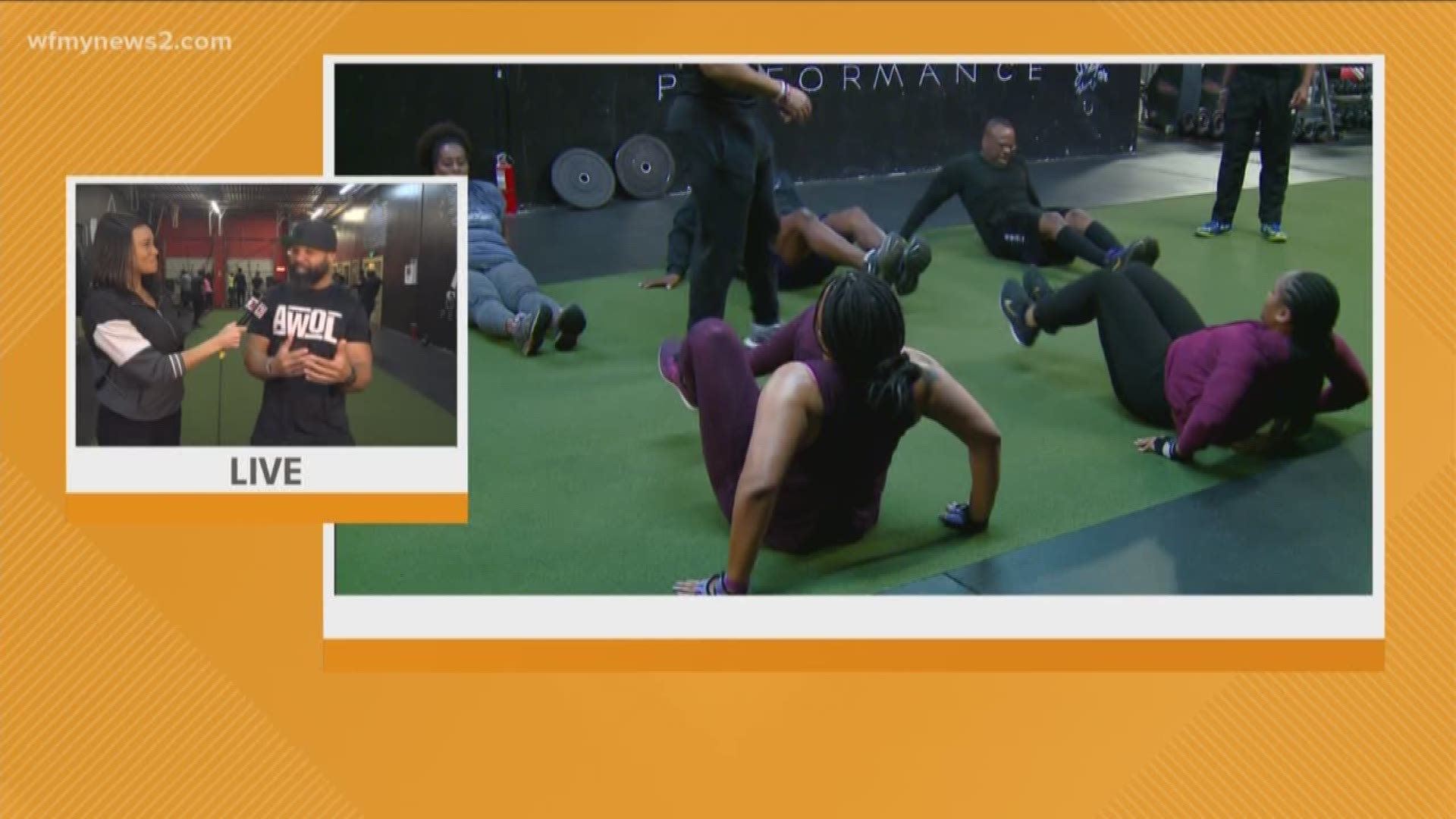GREENSBORO, N.C. — "New Year, New Me." If you plan on making a New Year's resolution, you're not alone. A new Ipsos public opinion survey of 2,011 Americans shows 38-percent of people plan to have New Year's resolutions in 2020. That's about the same number as in 2019. Researchers found 18-percent of people plan on making only one resolution, while an additional 20-percent plan on making more than one.
The top 2020 resolutions include:
- Managing finances better
- Eating healthier
- Being more active
- Losing weight
- Improving mental well-being
Among the Americans who reported having a New Year's resolution in 2019, research shows, 44-percent report they are either still going strong with their commitment or they have already reached their goal. On the other hand, about 56-percent report that they kept their resolution for less than a year.
The top reasons for failed 2019 resolutions include:
- Losing motivation
- Being too busy
- Not having enough support
- Change of mind
If you want to lose weight, get fit, or train for an athletic event in 2020, fitness experts say, simply setting a resolution will not guarantee success. A Harris Interactive survey of 2,071 adults shows 73-percent of people who set fitness goals as New Year's resolutions give up before meeting their goal. Researchers also found people who set fitness resolutions gave up at least four times in the past. To make matters worse, research shows, nearly half of those who gave up before reaching their fitness resolution goal did so within six weeks or less.
The top excuses for not reaching New Year's fitness goals include:
- Too difficult to follow a diet or workout regimen
- Too hard to get back on track once falling off
- Hard to find time
The CDC offers the following fitness tips to help get you moving towards a healthier lifestyle:
- Be specific. Pick a goal that's clear, one you can succeed at and easily measure, such as walking a mile every day for a month or being active every weekday for 15 minutes. A vague goal like "I'm going to get more fit" doesn't give you steps to follow, making it much harder to get started and keep going.
- Find something you like. Seriously, this is important … or you won't keep doing it. You want physical activity to feel more like summer camp than boot camp (unless you like boot camp).
- Start small. Depending on your fitness level, that may mean driving less or parking farther from the door, taking the stairs more often, doing yard work, or walking the dog. Take it slow—you're still beating everyone on the couch!
- Work out with a partner. When someone else is counting on you to show up, you'll likely hit the trail or the treadmill more regularly. And there's nothing wrong with a little friendly competition.
- Build it in. Pick part of your schedule and pin an activity to it, like walking with your co-workers during lunch. The more regular you are, the quicker it will become a habit. Don't go more than 2 days in a row without being active, and you'll keep the habit going strong.
- Do it for the T-shirt. Like the one you get for finishing the 5K run/walk. In other words, pick a goal you'll feel great about reaching, and work on making it happen. You'll have the shirt to prove it.
The CDC offers the following guidelines for maintaining or losing weight:
- To maintain your weight: Work your way up to 150 minutes of moderate-intensity aerobic activity, 75 minutes of vigorous-intensity aerobic activity, or an equivalent mix of the two each week. Strong scientific evidence shows that physical activity can help you maintain your weight over time. However, the exact amount of physical activity needed to do this is not clear since it varies greatly from person to person. It's possible that you may need to do more than the equivalent of 150 minutes of moderate-intensity activity a week to maintain your weight.
- To lose weight and keep it off: You will need a high amount of physical activity unless you also adjust your diet and reduce the amount of calories you're eating and drinking. Getting to and staying at a healthy weight requires both regular physical activity and a healthy eating plan.
The CDC offers the following fitness tips to help you stay on track when the going gets tough:
- If it seems too hard: Maybe you think you have to spend hours at the gym. Not true! Depending on your fitness level, walking for 10 minutes after dinner might be just the right way to get started. Build up gradually until you're active for 30 minutes on most days. Be sure to check with your doctor about which activities are best for you and if there are any you should avoid.
- If results seem to take too long: The good news is some benefits are immediate even if you can't see them right away. Check your blood sugar before and after you take a walk, and you'll likely see a lower number after. While you can't get fit in a week, making physical activity a part of life will get results.
- If it doesn't seem fun: People who are regularly active aren't better at forcing themselves; they've found what works for them. If you try to make yourself do something you don't like, chances are you won't stick with it. But do try a new activity a couple of times before you decide whether it's for you or not. Zumba anyone?
- If it's too expensive: Costs for a gym membership or fitness classes can add up. No worries; the world is your gym. Walk during lunch, dance to some tunes at home, work out to some free online videos.
- If time is hard to find: This really is a problem for lots of people. Luckily there are ways you can squeeze activity into the day. Take the stairs instead of the elevator, spend time playing with your kids outside, get up and move around during commercials. Getting 20 minutes in every day is better than an hour or two once a week, and easier to fit in your schedule.



